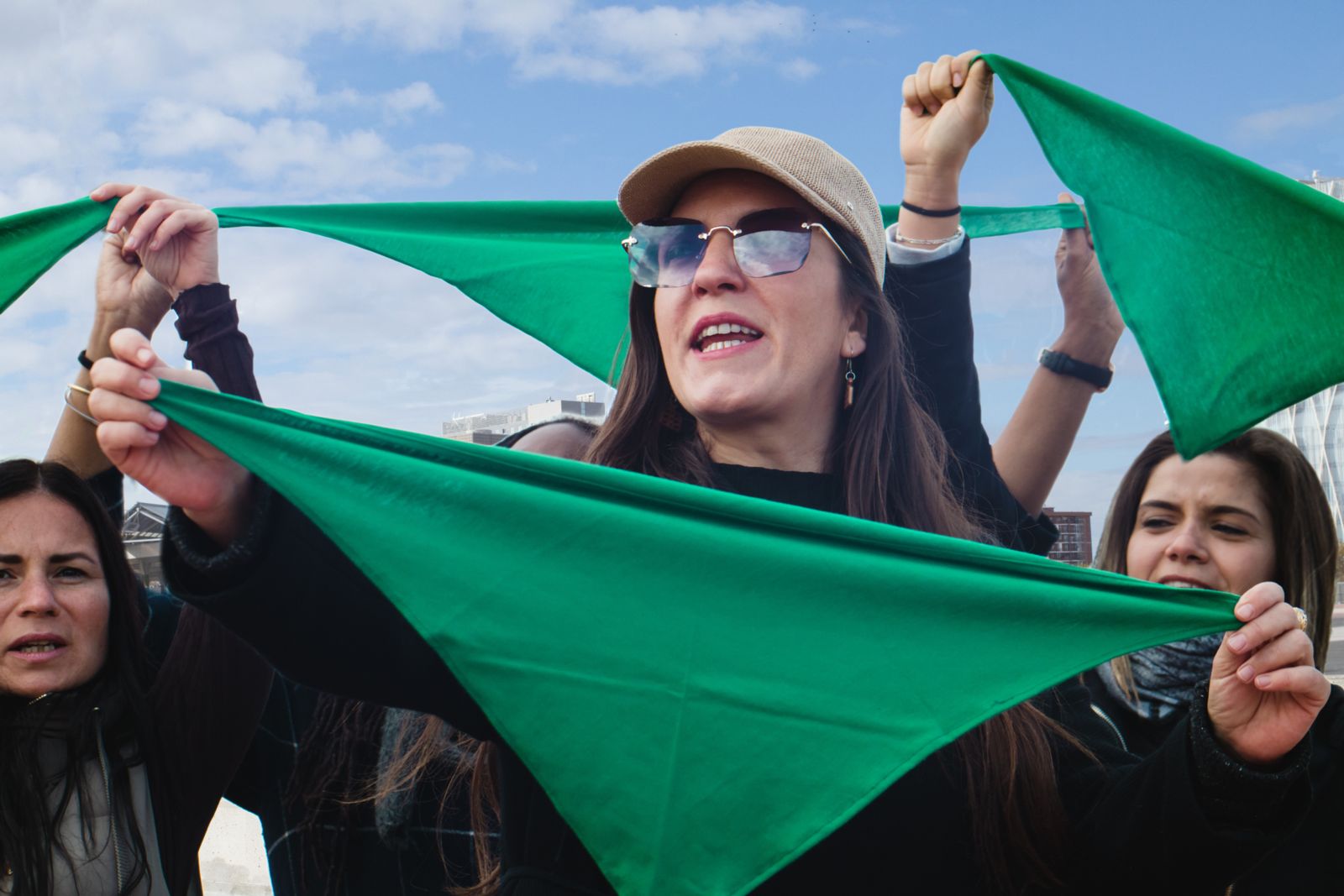The right to reproduce, particularly with the use of assisted reproductive technology (ART), has become an increasingly pressing question within human rights law. Countries across the world have engaged in debates about how to regulate the use of these technologies, and claims concerning them have reached the Inter-American Court of Human Rights and the European Court of Human Rights.
Legislation and public policies designed to regulate reproduction can have contradictory effects. They can force individuals and groups to reproduce against their will while preventing others who wish to reproduce from doing so. When governing assisted reproduction, countries must decide whether a technique (such as in vitro fertilization or surrogacy) is allowed and, if it is, who will have access to it. In this context, some groups—for example, single women and LGBTQI+ persons—are often excluded from accessing reproductive health services due to their legal status or social identity.
The European Society of Human Reproduction and Embryology (ESHRE) has mapped access to ART in 43 European countries. Their data show that while a 30-year-old woman in a heterosexual relationship can access ART in 42 of these countries, women of the same age who are single or in a homosexual relationship can only access ART in 31 and 19 countries, respectively. Similar restrictive frameworks can also be seen elsewhere in the world. Access to ART can be even more controversial than same-sex marriage. One example is the case of Portugal. Even though same-sex marriage was legally recognized there in 2010, access to ART was only extended to single women and those in relationships with other women in 2016.
When the right to reproduce is a result of the use of ART, decision makers feel entitled to decide who can have children and who cannot. The disparity in regulations reveals ideological constraints concerning family composition—usually linked to the traditional understanding of family as a man, a woman, and their children—and promotes the exclusion of families who do not correspond to this stereotype.
Even though reproductive rights have been recognized as human rights in human rights law, the reasons most commonly used to exclude women who are single or in relationships with other women from accessing ART do not have an appropriate legal basis. Instead, they are based on discriminatory and unscientific beliefs.
Those who advocate for a traditional understanding of family have argued, for example, that a child with one or two mothers and no father would not be raised properly or, especially in the case of Queer parents, would be prone to “become homosexual.” Nevertheless, studies show that there are no remarkable differences between family outcomes of families with heterosexual parents and families with sexual minority parents. It is also worth noting that the argument about a supposed likelihood of becoming homosexual assumes that homosexuality is inferior to heterosexuality and is, therefore, undesirable. This assumption is, by itself, discriminatory.
Also at stake are intersectional inequalities linked to social class and status. The prohibitive legal frameworks that exclude women who are single or in relationships with other women not only prevent them and their families from exercising their reproductive rights but also have a disparate impact on those who do not have access to financial resources.
Making a technique unlawful or excluding vulnerable groups from accessing it does not prevent those who can pay for it from doing so. There are multiple cases of wealthy individuals who pay to access ART abroad—the same happens with other reproductive health services aiming to avoid or terminate pregnancies. While this alternative enables a few individuals to access their reproductive rights, the broader community of women who are single or in relationships with other women continues to face obstacles.
Legal frameworks that prohibit access to ART by women who are single or in relationships with other women are not the only mechanisms to restrict the access of those who cannot pay for these treatments. In some countries, such as Chile and New Zealand, these women cannot have the costs of their fertility treatments covered like heterosexual married couples can.
Moreover, unable to access medical assistance, many women without financial resources opt for home insemination. This technique presents risks like physical injuries and infection due to the improper sterilization of equipment or untested sperm. It might also lead to legal battles about parental rights, as, depending on the legal system, the donor might be considered a parent. Therefore, restricting individuals’ reproductive rights may more broadly affect their health and health rights.
Even in cases when women find ways to exercise their right to reproduce, it is not guaranteed that they will have parental rights or that their families will be recognized as such. Legally, this lack of recognition can have a range of implications for the mother(s), the child, and for family rights and children’s rights more broadly.
Dividing people into groups that can or cannot have children based on their sexuality or marital status is discriminatory and violates a number of human rights. Not only do ideological constraints prevent women who are single or in relationships with other women from accessing their sexual and reproductive rights, but structural conditions and intersectional oppressions lead to a disproportionate unfavorable impact on some members of this group, particularly those without financial resources.
Women who are single or in relationships with other women should not need to ask for permission or put their lives at risk in order to exercise their reproductive rights. Legal and policy frameworks for ART, and particularly the exclusion of these women from accessing treatments widely available to heterosexual married couples, must be taken seriously in debates about sexual and reproductive rights and human rights.

